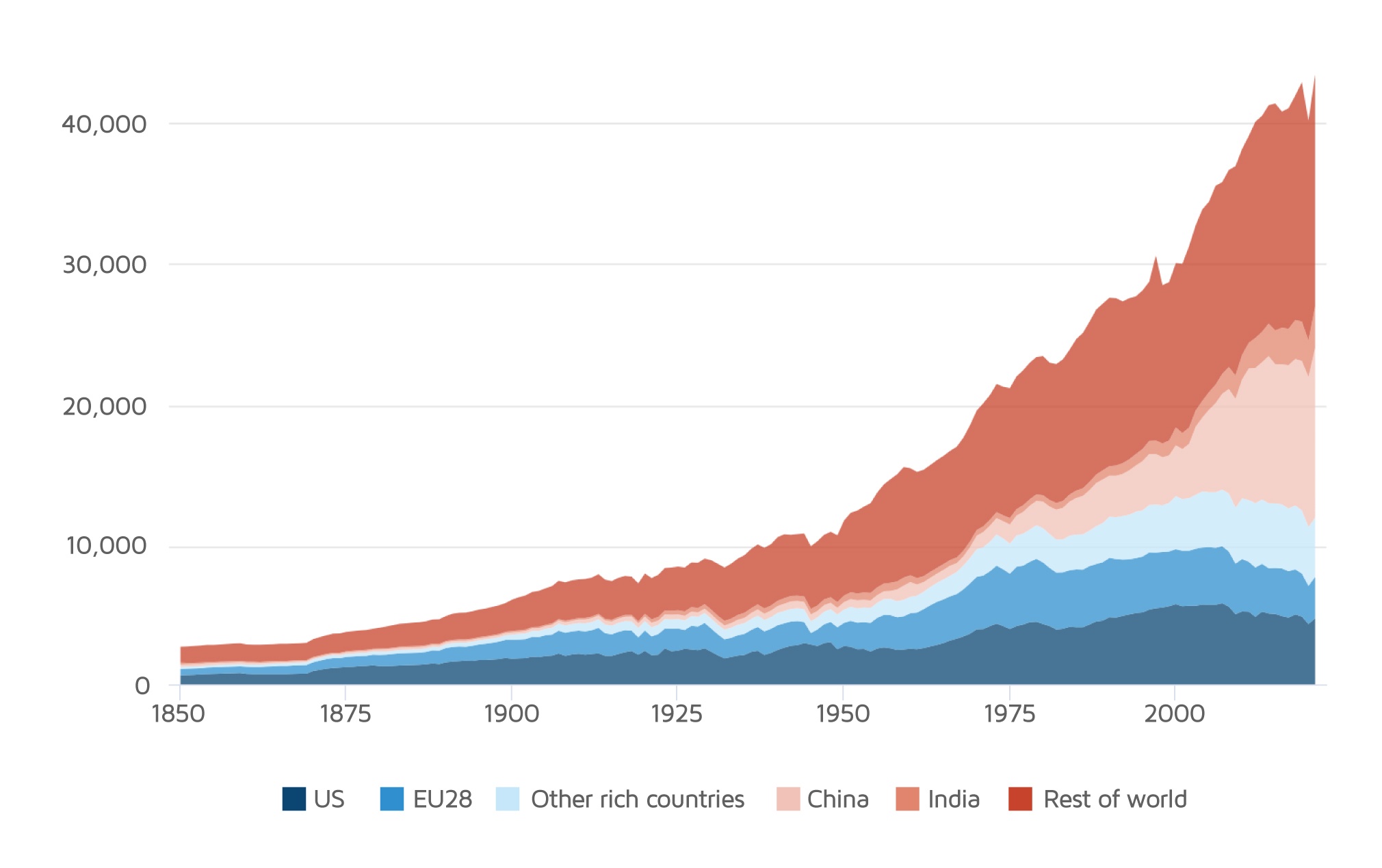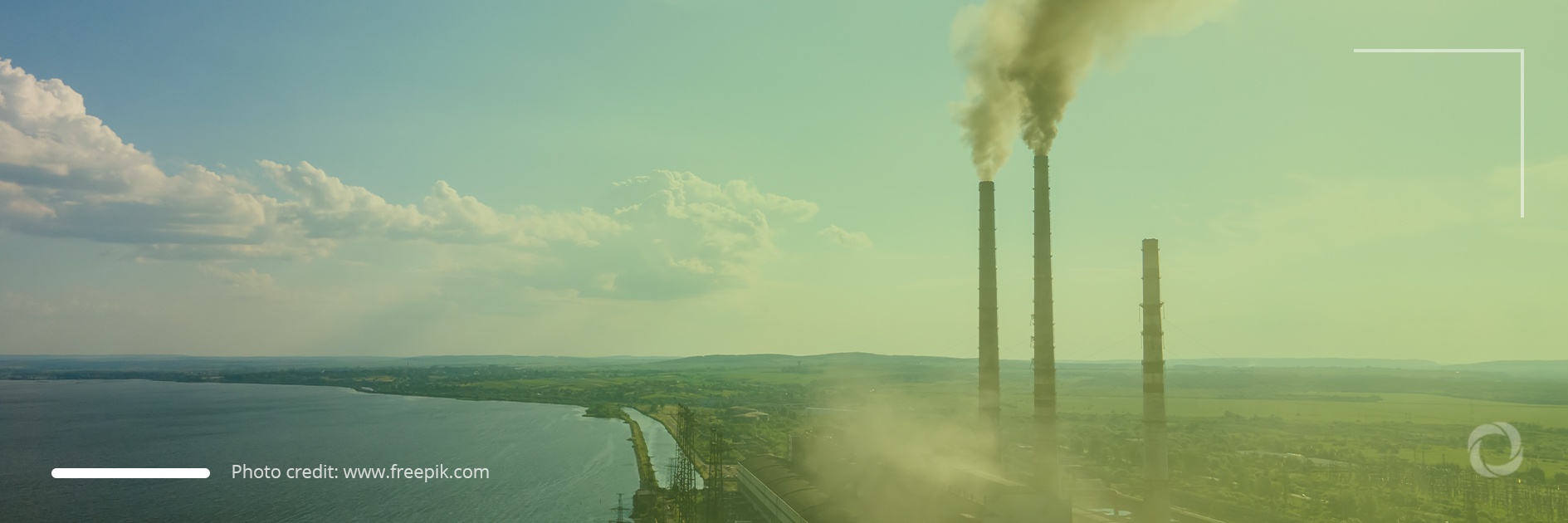As the signs of climate crisis are becoming increasingly visible worldwide and this topic is very high on the political agenda, climate justice has also been seen more often on the table especially when it comes to climate adaptation and mitigation in developing states. Countries with low- or middle-income cannot mitigate the impacts of climate changes without external assistance.
Climate justice
Climate justice implies that those countries that have contributed the most to global warming, building their wealth by burning fossil fuel, should take responsibility and contribute enough to curb climate changes in the states that are particularly affected by rising temperatures despite the fact that they have contributed the least to this increase.
The term was developed mainly by activists from countries of the global south, according to Asad Rehman, Executive Director of the London-based anti-poverty NGO, War on Want. While states in the global south are now suffering the most due to climate changes that increase their poverty levels, the historic and current CO2 emissions of the majority of them have been insignificant compared to the rich states in the North. Asad Rehman argues that to curb climate change, humanity has to also tackle other problems:
“Fixing the climate is only possible if we also fix all of the other inequalities that exist because not only does climate reinforce all those things, but it also amplifies them – and it’s an expression of those things,” he said.
The graph below presents the 20 states that emitted the most cumulative CO2 between 1850 and 2021 including emissions from fossil fuels, cement, land, and forestry use.
Fig.1. The countries with the largest cumulative emissions 1850-2021
Source: Carbon Brief
High-income countries are responsible for 44% of all cumulative emissions and they are home to only 14% of the global population today. In turn, a 2015 analysis by Oxfam found that around half of the emissions from the richest 10% reaching an income of over US$380,000 a year came from people living in the EU and the US, while a fifth of those emissions were generated by people from China and India.
Fig.2. Rich nations have produced a disproportionate volume of emissions

Repaying climate debts
Inequalities between countries’ historic emissions and those bearing the costs of climate changes have pushed some civil society groups and nations of the global south to call on richer states to take responsibility for their actions by repaying “climate debts” to the south. However, it has emerged that wealthy countries have failed to deliver on their promises towards poorer states when it comes to climate mitigation and adaptation funding. What is more, low-income states are not the main recipients of climate finance:
Fig.3. Low-income nations are not the main recipients of climate finance
Source: Carbon Brief
Dr. Saleemul Huq, who serves as a director of the International Centre for Climate Change and Development in Dhaka, Bangladesh, sees climate justice as a moral problem.
“It’s a matter of manifest injustice and that’s easily recognizable by everyone all over the world, including school kids who come out every Friday…They don’t really need to understand greenhouse gases, they don’t need to understand UNFCCC [UN Framework Convention on Climate Change] and IPCC [Intergovernmental Panel on Climate Change] and all that stuff, they can understand the fundamental inhumanity of causing damage to poor people by their lifestyle,” he says.
Just transition as a solution?
While low-income countries receive the least funds to curb climate changes, a recent study published in Science indicated that they are affected the most by them. Some climate-driven weather extremes occur there more often than in other parts of the world but, on the other hand, they have the least resources to adapt to these and to repair the damage they leave while also having the most rapidly growing population.
Thus, some activists point out that ineffective solutions will not suffice and we need a more comprehensive approach, defined as ‘just transition,’ which assumes that poor nations are not only given funds for climate mitigation and adaptation but also the communities that are affected the most by extremes are not left behind and are supported to build low-carbon economies.

